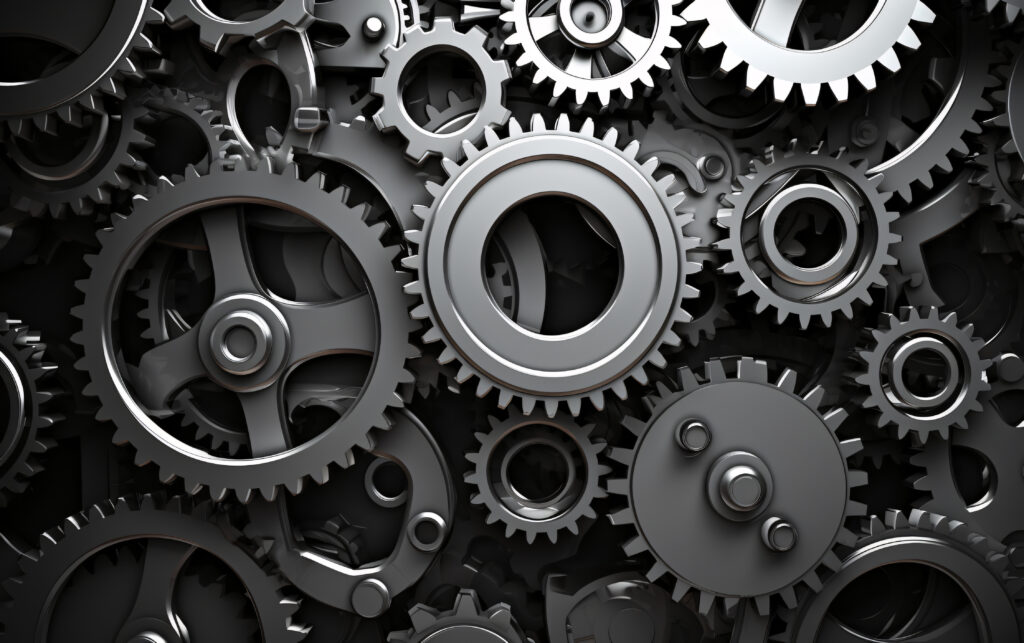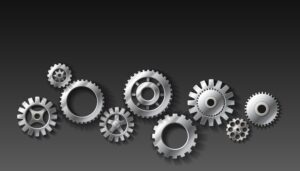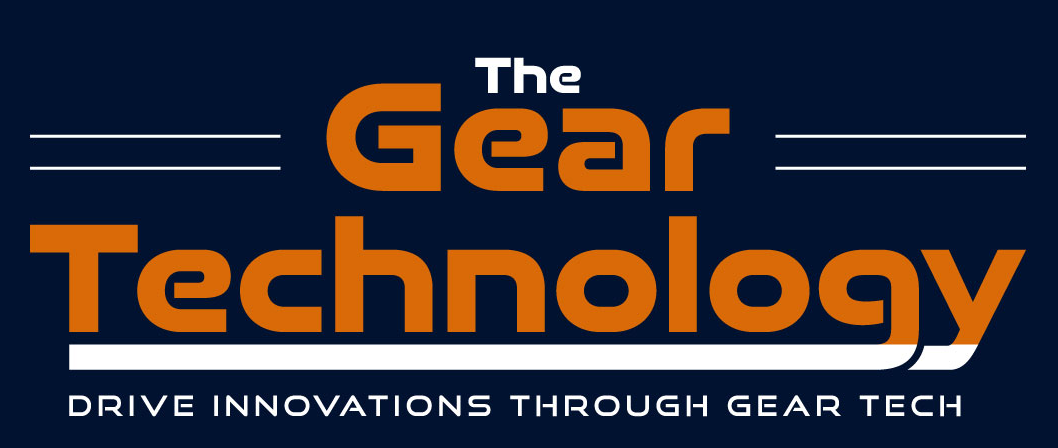“Advancing Gearbox Reliability Through Smart Diagnostics”
Enhancing Gearbox Reliability Through Smart Analysis Exploring Gearbox Failures and System Dynamics Gear systems are the backbone of industrial machinery, from wind turbines to marine propulsion. Yet, unexplained bearing and gear element failures continue to challenge engineers. The upcoming seminar on gearbox reliability addresses these pain points by diving deep into failure analysis, vibration dynamics, […]

Enhancing Gearbox Reliability Through Smart Analysis
Exploring Gearbox Failures and System Dynamics
Gear systems are the backbone of industrial machinery, from wind turbines to marine propulsion. Yet, unexplained bearing and gear element failures continue to challenge engineers. The upcoming seminar on gearbox reliability addresses these pain points by diving deep into failure analysis, vibration dynamics, and state-of-the-art monitoring. With advanced tools for data acquisition and condition analysis, this event offers valuable insights for professionals focused on gear engineering, predictive maintenance, and system optimization.
Tackling Unexplained Bearing and Gear Element Failures

Unexplained bearing and gear element failures often disrupt production cycles and lead to costly downtime. These failures can result from misalignment, material fatigue, or improper lubrication, but traditional inspection methods often fail to identify the root causes. The seminar introduces advanced diagnostic frameworks combining real-time vibration monitoring and acoustic emission analysis to detect early signs of surface distress. Attendees will learn how data interpretation and correlation with torque and speed signals can pinpoint hidden faults before they evolve into major breakdowns.
Image Courtsey: Freepik.com
The Dynamics of Gearbox Systems
Understanding the dynamics of gearbox systems is essential for achieving mechanical balance and operational efficiency. This session explores how load distribution, transmission error, and gear grinding meshing frequency affect gearbox performance. Through simulation tools and analytical modeling, participants will see how dynamic response varies under fluctuating torque loads. The seminar emphasizes how to apply dynamic modeling techniques for improved durability, noise reduction, and vibration control across industrial applications.
Gearbox Noise and Vibration Control
Noise and vibration remain the most telling indicators of gear health. This session explores the physics behind gear-induced vibration and methods to separate structure-borne from airborne noise. By integrating FFT analysis, torsional vibration sensors, and laser Doppler vibrometry, engineers can create a precise noise signature map. The seminar demonstrates how noise data correlates with gear tooth errors and wear patterns, making it easier to adopt a condition-based maintenance strategy instead of reactive maintenance.
Problem Solving with Advanced Data Acquisition & Analysis
Modern problem solving in gearbox diagnostics demands accurate data collection and real-time insights. This segment covers state-of-the-art data acquisition techniques that capture transient load conditions, torque fluctuations, and misalignment signatures. Using multi-channel acquisition systems with AI-driven analytics, participants will learn how to transform massive data sets into actionable intelligence. These tools not only help in root-cause identification but also support predictive modeling that ensures long-term system reliability.
Wind Turbine Gearboxes: Testing and Troubleshooting
Wind turbine gearboxes operate under highly variable loads and environmental conditions. The session delves into type testing, instrumentation setup, and early-stage troubleshooting practices specific to renewable energy systems. Explore fault detection using thermal sensors, oil debris analysis, and strain gauges for torque verification.
Gear Alignment Instrumentation (KHβ, KY)
Accurate gear alignment is crucial to minimize wear, vibration, and power loss. The KHβ and KY instrumentation techniques introduced in this seminar measure face load distribution and axial misalignment with precision. These tools offer enhanced reliability compared to traditional manual inspection methods. The seminar demonstrates how integrating gear alignment instrumentation within test rigs and production systems helps maintain consistent load sharing and improve mechanical efficiency across gear trains.
In-Service Unattended Load (Torque) Data Collection
Capturing torque data in-service without manual supervision offers a new dimension to reliability testing. This section introduces unattended torque data collection systems capable of long-term load tracking under operational conditions. Engineers will learn how these systems can provide continuous monitoring for gear performance validation, reduce human error, and improve traceability of operating conditions. This innovation supports industries where accessibility is limited, such as marine propulsion and remote renewable installations.
Case Studies in Industrial Gear Applications
Real-world case studies bridge theory and application. The seminar presents practical examples from rail, marine propulsion, renewable energy, automotive, and heavy industries. Each case study highlights how advanced monitoring and analytical methods improved gearbox efficiency, reduced downtime, and optimized maintenance cycles. Attendees will gain actionable insights from failures successfully diagnosed and corrected using digital tools and AI-driven predictive systems.
State-of-the-Art Condition Monitoring Techniques
Condition monitoring has transformed from manual checks to intelligent, data-driven evaluation. This closing session presents state-of-the-art techniques, including AI-based fault diagnostics, ultrasound analysis, and thermographic imaging. Participants will discover how integrating cloud-based monitoring platforms with machine learning algorithms can automate health assessment and forecasting. Such systems are essential for industries adopting smart manufacturing and Industry 4.0 practices.
Driving the Future of Gear Engineering
From bearing failures to dynamic analysis and AI-driven condition monitoring—equips professionals with next-generation maintenance tools. By mastering these advanced techniques, industries can significantly reduce downtime, improve performance, and achieve gearbox reliability excellence. As gear engineering evolves, such seminars become vital hubs for innovation and collaboration, driving the transition toward smarter, data-centric mechanical systems.

